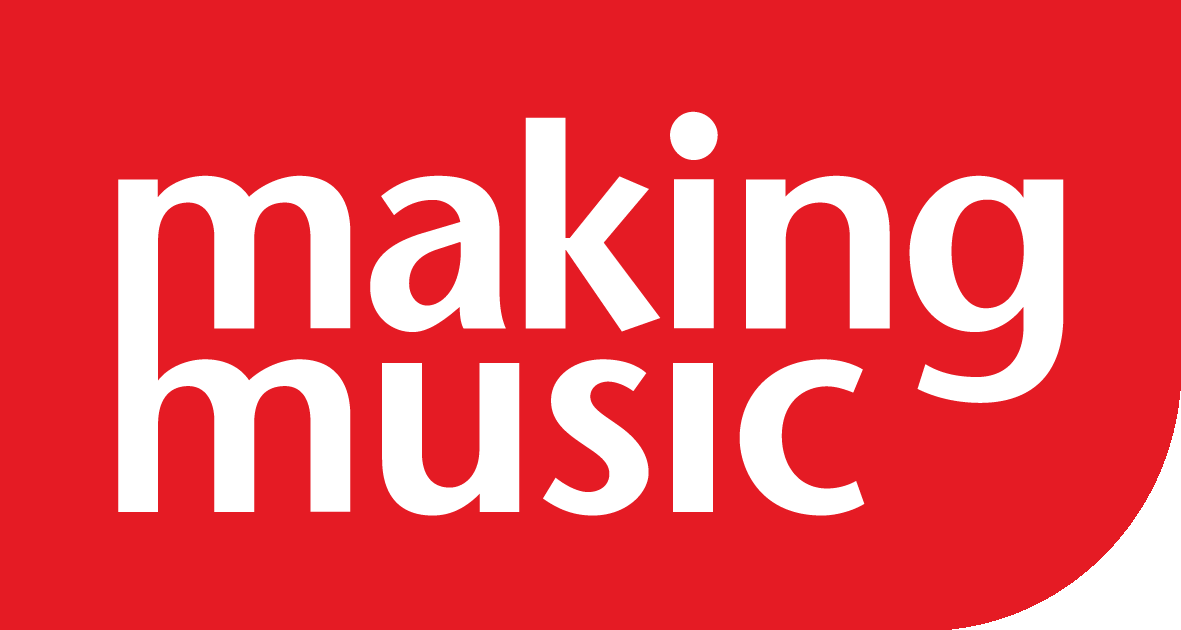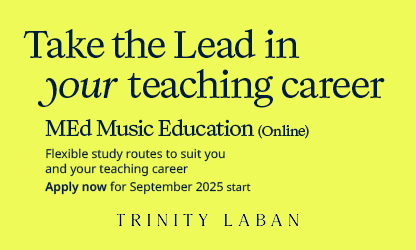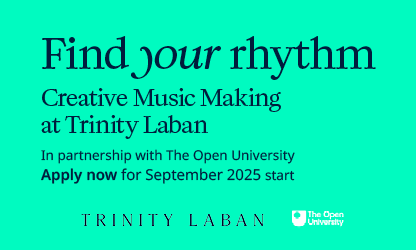Adopt a Composer: post-production
Composer Robert Laidlow looks back at the Adopt a Composer project, and the depth of learning he's taking away with him.
The final stage of creating a film is post-production. Given the cinematic tint to my Adopt a Composer collaboration with Southampton Concert Wind Band (SCWB) that we have both written about previously, it seems right to refer to the period following the concert as such.
In this blog I’d like to think about the long-term impacts this project will have on me, and how it has affected my compositional work since and (hopefully) in the future. I was trying a lot of new things in this project – areas of work that I have long had an interest in, but did not have the time with an ensemble or a group willing enough to truly experiment with.
I’ve always been really interested in the structure, the architecture of music, and how it all fits together. How elements that, in themselves, might not be free-standing, but lean lots of ideas against one another and they support each other into a piece of music that exists as greater than the sum of its parts.
However, I’ve never before had the opportunity to explore large-scale architectural thinking in a work of this size. Normally the compositional process is too short with too few workshops – you end up defaulting to what you know works, rather than experimenting, discarding, experimenting again. But with SCWB this was the perfect time to do so. I was really happy with my first structural experiment in this piece – it juxtaposes lots of ideas on the small-scale creating a surprising and unpredictable surface, but globally the piece has a definite graspable logic to it that counteracts this frenetic material.
I think it really worked, and I have already taken these ideas and applied them to two other pieces I have been writing since working with SWCB. In both cases I’ve developed the ideas further and fine-tuned them for different ensembles.
Another musical idea we explored was varying levels of freedom for the musicians.
I’ve previously written fully-notated music, and fully improvised music for jazz performers – and not much in between! During this project we explored different ways of notating freedom with different types of music, to really good effect. Again this was only possible because of the long gestation period with lots of interim try-out sessions. This is a really exciting and useful tool to have in my arsenal, and I’m glad to have been given the confidence to utilise it in other situations.
Away from purely musical ideas, something really important to come out from this project is a way of thinking about my own music and why I make it.
Often when working with professional ensembles it is taken for granted that the music is what it is – questions usually come in the form of 'how' (how do you want this to sound; how do I produce this note; how did you write this), but working with a non-professional group shifted the focus onto 'why'. I found myself answering the question of why I write music, and why it sounds like it does in a way I had not before. This is a positive step. It made my music more concise, more idiomatic and more confident as I was consciously engaging with these questions as we went along. I hope this is something that I can build upon in the future.
These are my post-production thoughts! It has been a wonderful project. I am very much looking forward to speaking about it again with Calum (MD of SWCB) on the radio in a few months’ time and I hope we might get the chance to work again together in the future.
Follow composer Robert Laidlow on Twitter.
Follow Southampton Concert Wind Band on Twitter and Facebook.
Keep up to date with Making Music via Twitter and Facebook, and join fellow members in the online community.
The Adopt a Composer project matches vocal and instrumental leisure-time music groups with some of the UK’s most promising composers to collaborate on creating a new piece of music. The project leads to a première performance and possible broadcast on BBC Radio 3. If you’re a music group or composer and you’d like to take part, find out more.



